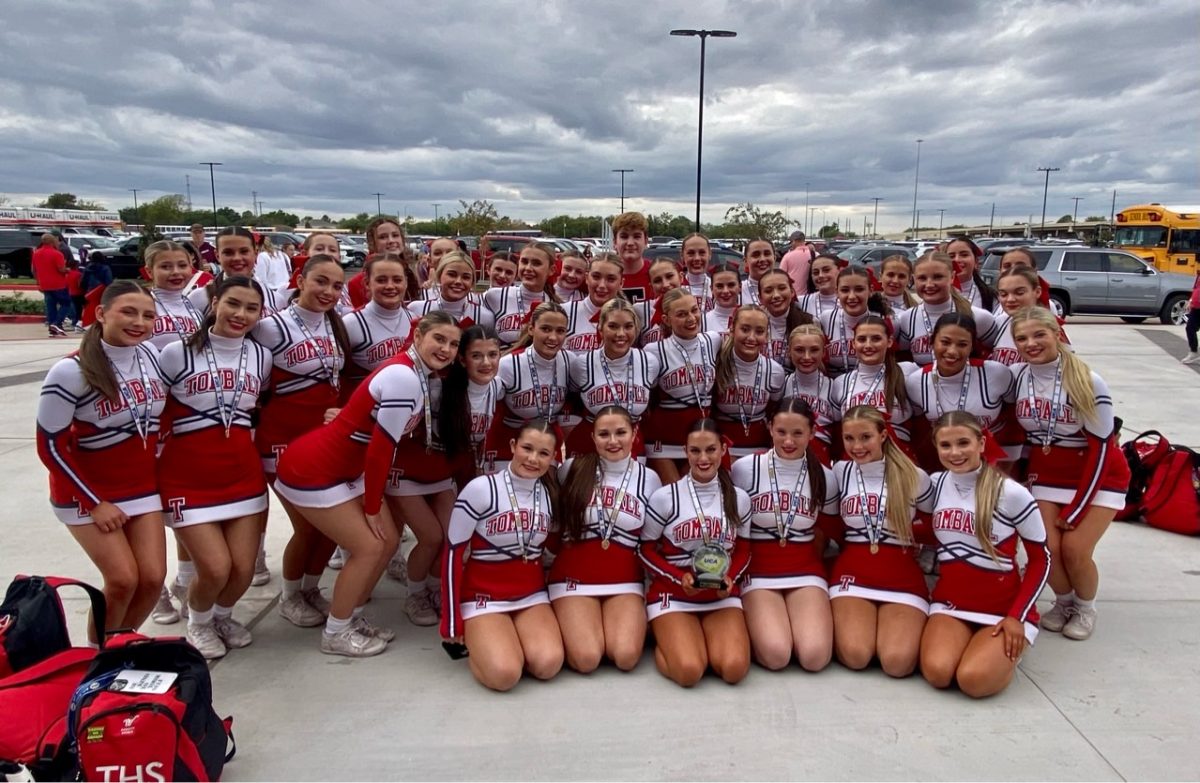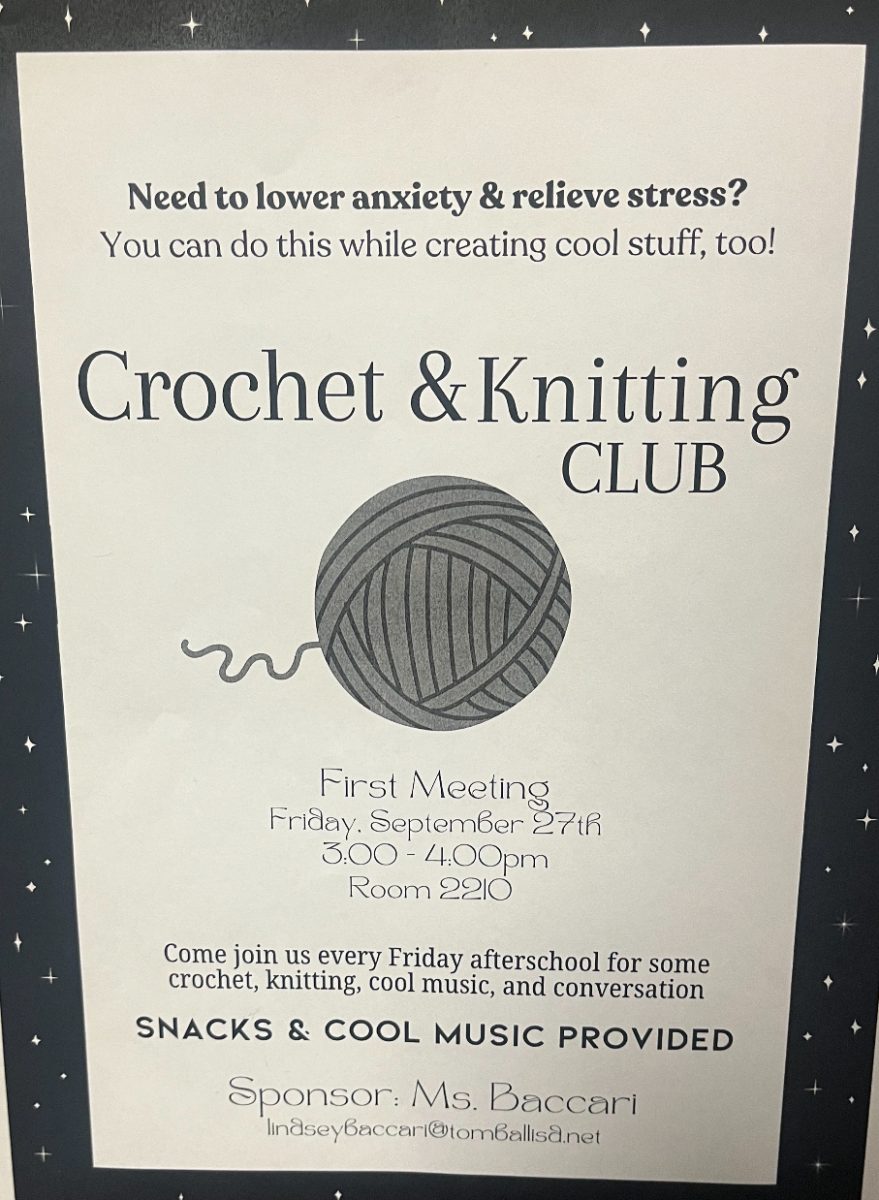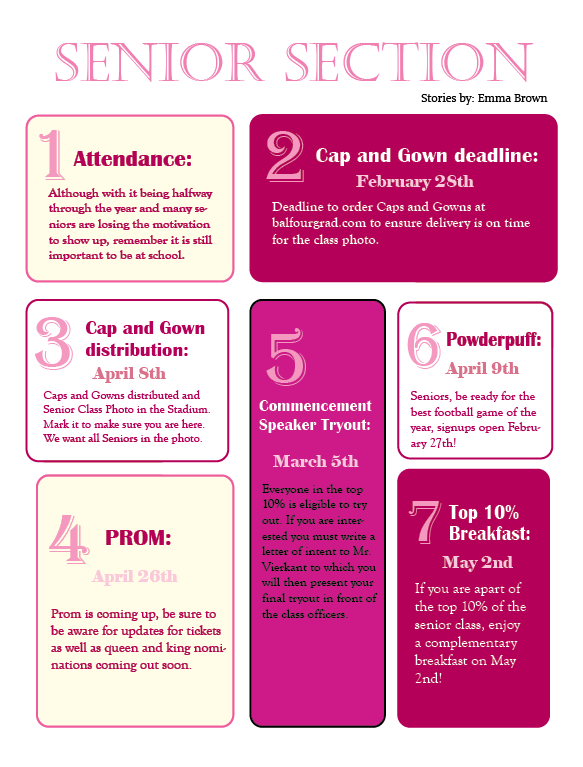According to Oxford Languages, the definition of a sport is: “an activity involving physical exertion and skill in which an individual or team competes against another or others for entertainment.” Yet many still don’t recognize cheer as a legitimate sport, even though cheerleading embodies every element as any “real” sport.
Competitive Cheer teams compete against each other with routines that are physically demanding consisting of difficult and oftentimes dangerous stunts, tumbling, and jumps that require extensive teamwork and practice. Despite this, the extent to which Cheer is considered a sport is heavily argued.
“All they see is just us on the sidelines, smiling and jumping up and down, but they don’t actually see the hard work that is behind it all,” Varsity Cheerleader Payton Uhl said.
Cheer started out as waving pom poms and shouting words of encouragement to the players of a game but it has evolved into a competitive sport. It demands a diverse set of skills, such as strong core muscles, balance, and agility, to execute a variety of movements such as running, jumping, and performing stunts with ease.
Continuing they must have good flexibility and coordination. And follow a strict training and conditioning schedule to master their skills. Furthermore, routines can last up to four minutes, they need to be able to build endurance to maintain their energy and perform consistently throughout the entire routine. The skills present in cheer are similar to gymnastics, dance and other recognized sports, qualifying it as a sport. So why isn’t cheer recognized as a sport?
“People only see us on the sidelines doing cheers and they don’t think we do competitions, or see our stunts; we have a competition this weekend where its a lot more than just saying cheers,” Varsity Cheer Captain Emily Martin said.
Just like any other physically demanding sport, injuries are bound to happen. According to geisinger.org, over 30,000 cheerleaders will go to the hospital each year due to related injuries, including but not limited to ankle, knee and wrist injures, but the most common concussions and head injuries ranking it the 16th sport with the most injuries and the most dangerous sport for females because of the high risk for concussions and “catastrophic” injuries – injuries that result in long-term medical conditions, permanent disabilities or a shorter lifespan.
“The more they stunt the more chance you have of bigger injuries and concussions, we’ve had five concussions since the beginning of the year,” Assistant Cheer Coach Kelli White said.
The cause for this is people and organizations don’t recognize cheerleading as a sport, making them not follow any safety regulations. Sports organizations such as NCAA recognizing cheer as a sport would establish and enforce safety regulations, which can protect cheerleaders and help reduce injuries. By not recognizing cheerleading as a sport, we risk the safety of the cheerleading community and prevent their access to resources and support other athletes and sports have.
So what is the debate? Knowing how physically demanding cheer is, how is the regard of it being a sport even a question? Truly, it starting to be compared to other sports like football, soccer, and even basketball, which has impacted how it is being perceived.
“We have hard, tiring practices and workouts where your body is pushed to its limit,” Varsity Cheer Captain Abbie Burton said.
When cheer starts being compared to completely different sports like football, it turns into a competition on how dangerous it is or how time consuming it is, by comparing injuries and time commitments. Many people see cheer as the sideline for the football team, not as its own sport. By comparing the number of injuries and the physical demand, cheer turns into something else instead of its own sport.
“Cheer is a sport, people put their lives into it,” said Colby Dawson, who plays wide receiver for the varsity football team.
Cheer is very different from other sports like football and requires a certain demand that the other doesn’t and vice versa. Different sports aren’t comparable because they simply aren’t the same.
“Our season doesn’t end, our season is from spring break to spring break,” Head Cheer Coach Steven Weibel said. “We don’t have an off season where we can go relax and not have something after school. … There’s so much more to cheer than just shaking pom poms on the sideline.”
In the midst of the debate surrounding cheer being recognized as a sport, one thing stays the same: cheerleaders have athleticism, skill and unwavering dedication for their sport, while having their own challenges and injuries.
“There’s a lot of hard work and dedication that gets put into it, you have to make sacrifices, and its very time consuming, but if its what you love, its what you love and its what you do,” Uhl said.
















